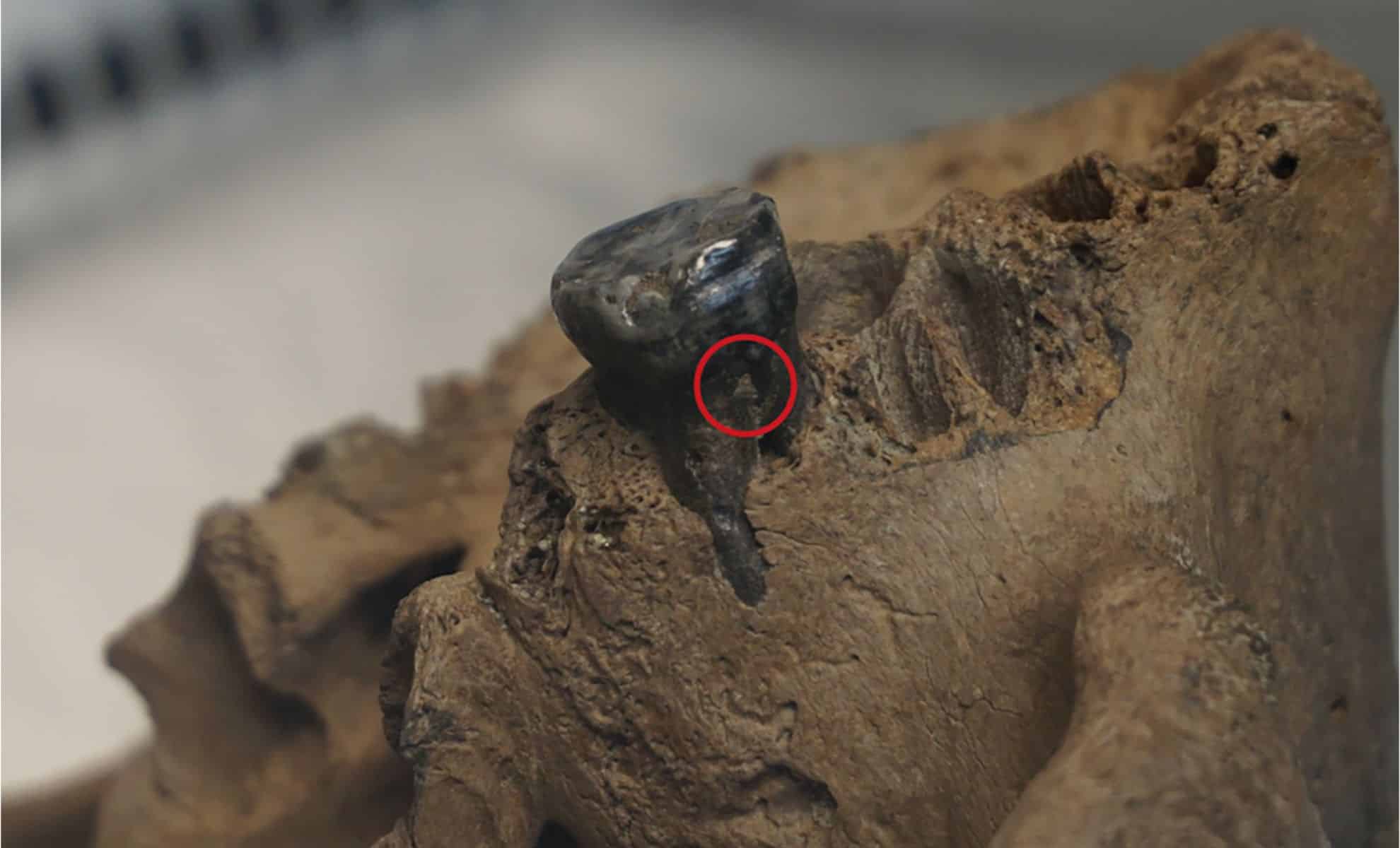
Meet the ‘Dragon Man’ Skull: It Finally Solves the Mystery of an Ancient Human Species
How did your country report this? Share your view in the comments.
Diverging Reports Breakdown
Meet the ‘Dragon Man’ Skull: It Finally Solves the Mystery of an Ancient Human Species
The skull, unearthed by a construction worker in the 1930s, was hidden in a well for decades before being donated to Hebei GEO University in 2018. The unique find sparked intrigue and was soon labeled a potential new species, Homo longi, based on its distinctive physical features, including larger brow bones and a longer occipital case. Paleontologists initially speculated that it might represent a species distinct from Neanderthals and modern humans. New research reveals that the dragon man shares mitochondrial DNA with at least five other known Denisovan individuals. Also, protein analysis found fragments that were unmistakably Denisovan, some even matching directly. This suggests that thedragon man is the first complete Denisovan skull ever discovered, offering a much clearer picture of this enigmatic species.
The Discovery of the ‘Dragon Man’
The skull, unearthed by a construction worker in the 1930s, was hidden in a well for decades before being donated to Hebei GEO University in 2018. The unique find sparked intrigue and was soon labeled a potential new species, Homo longi, based on its distinctive physical features, including larger brow bones and a longer occipital case. Paleontologists initially speculated that it might represent a species distinct from Neanderthals and modern humans.
However, this classification was based primarily on the skull’s morphology — its physical shape. While this approach has been useful in identifying species, it can sometimes be misleading. Variations in appearance can arise from environmental factors or the lifestyle of ancient humans. As it turns out, this skull had been misidentified.
A Breakthrough in Ancient DNA Analysis
Recent studies led by paleontologist Qiaomei Fu from the Chinese Academy of Sciences have redefined the significance of the dragon man skull. Fu and her team employed cutting-edge techniques to extract molecular evidence from the fossil, including proteins and mitochondrial DNA. These methods provided a breakthrough in understanding the skull’s true origin, revealing its connection to the Denisovans, a group of ancient humans that lived across Asia and Europe.
For the first time, researchers were able to recover mitochondrial DNA from the dragon man’s dental plaque, a remarkable feat considering the fossil’s age and the fragile nature of ancient DNA. The team also successfully extracted proteins from the skull’s petrous bone, one of the densest bones in the human body.
Credit: Cell
Rewriting the History of Denisovans
The findings indicate that the dragon man is not as unique as previously thought. Instead, the skull belongs to a broader group of ancient humans: the Denisovans. Before this discovery, the Denisovans were known primarily from a few scattered remains — teeth, jaw fragments, and bones — making it difficult to understand their full anatomy and evolutionary significance.
The new research, however, reveals that the dragon man shares mitochondrial DNA with at least five other known Denisovan individuals. Also, protein analysis found fragments that were unmistakably Denisovan, some even matching directly. This suggests that the dragon man is the first complete Denisovan skull ever discovered, offering a much clearer picture of this enigmatic species.
The ‘dragon man’ and the gap in human evolution
While the methods used by Fu and her colleagues are not without limitations, the evidence strongly points to the dragon man as a member of the Denisovan family. This finding is significant because it provides the first complete skull from this ancient human group, something that has been missing from paleoanthropology for years.
The dragon man skull, long kept hidden in a well, may very well have been the missing link in our understanding of human evolution — a link that had been right under our noses for nearly a century.
